It's Electric - or Electrified - Whatever, Just Get It Right

The 2018 North American International Auto Show, aka the Detroit Auto Show, is upon us, and at least one of the new vehicles shown will be electrified. But not necessarily electric.
Yet, journalists, both those who cover the industry and especially those who normally work other beats (such as business or news), will continue to incorrectly conflate the two. Which in turn will give this editor even more gray hairs.
The difference between electric and electrified vehicles is simple. Electric vehicles, otherwise known as “pure” EVs, are vehicles solely powered by electricity. Electrified vehicles, by contrast, are powered in part by electricity. Hybrids are an example of the latter, as are range-extended electrics, mild hybrids, and plug-in hybrids.
Another way to think of it, as a Jaguar PR flack tells Digital Trends, is like rectangles and squares. Squares are always rectangles, but rectangles aren’t always squares. Which means all “pure” EVs are electrified, but not all electrified vehicles are electric vehicles. A more in-depth breakdown can be found here.
“Pure” EVs on the market include all three Tesla models, the Nissan Leaf, and Chevrolet Bolt. Hybrids include the Toyota Prius, while the Chevrolet Volt is an extended-range electric, as is the BMW i3.
Look, I get it. Before my time here at TTAC, I freelanced for our sister site HybridCars.com, and I occasionally got the virtual knuckle-wrap for using the wrong term. Now that the correct application has been beaten into my thick skull, I want to make a plea to the rest of the automotive press, along with the business press and the news section – learn the distinction and get it right.
This also goes for politicians – former president Barack Obama got it wrong and inadvertently caused confusion over what he meant when he said he wanted “one million electric vehicles on the road by 2015.” He meant “electrified.”
This distinction is important because consumers still don’t seem to understand the various terms related to electrified vehicles, and if the market share of both electrified vehicles and EVs is going to grow, consumer recognition will be part of that. Especially as Tesla continues to be a major part of industry conversations.
It’s also important as a way of parsing automaker announcements concerning future plans. Lots of OEMs claim “percentage X” of their fleet will be “electric” by a given year. That doesn’t mean they’ll be electric vehicles, though – in many cases it means they plan on building more hybrids, or making so-called “mild” hybrid powertrains available on some models. A “mild” hybrid is a hybrid in which an electric motor or motors assists a gas engine with propulsion, but the gas engine remains the primary source.
A prime example of how misuse of terms leads, in part, to poor reporting came earlier this year. Volvo announced it would commit to having all its models be electric or hybrid by 2020. Some outlets breathlessly reported it as Volvo going “all-electric.” Not exactly true, since the hybrid models would still use internal-combustion engines as part of their powertrains. Not to mention that this announcement applied to only new models, and not ones carrying over.
Misreporting basic terms hurts journalistic credibility, obviously, but also does a disservice to consumers. Imagine the Volvo intender who walks into a showroom in 2020, does all the research, and realizes that the “electric” Volvo he or she wanted is actually a mild hybrid. That person won’t be happy to find that only three Volvos will be available as “pure” EVs (plus two Polestars, if plans carry forward as promised).
I make this plea to my colleagues now not just because of what models may be unveiled in Detroit, but because the NAIAS is the auto show that gets the most coverage from the non-automotive press. I’ve stalked the halls at Cobo most years since 2009 or so, and I spot plenty of business writers and news writers mingling with us weirdos who cover cars exclusively. With the possible exception of New York (which is obviously a media-centric city), I’ve never seen a show that’s so spotlighted by other parts of the media. Parts of the media which probably reach more car buyers than most automotive-centric websites.
That’s why this matters. TTAC and AutoGuide and our competitors/compatriots may finally be getting the distinction correct, but if the New York Times, Wall St. Journal, and Washington Post aren’t getting it right in their business and consumer sections, the problem persists and consumers remain confused.
I know it’s easy to conflate these terms, which is why it happens. For the sake of clarity, though, let’s get it right.
Today’s media world is already confusing enough, thanks to an ever-changing and noisy news cycle, a cyclone of chaos dominating the political media thanks to the actions of one particular politician, and partisan outlets outpacing objective mainstream media for attention. Let’s get at least one little thing right in our quest to make better sense of it all.
[Image: Nissan]

Tim Healey grew up around the auto-parts business and has always had a love for cars — his parents joke his first word was “‘Vette”. Despite this, he wanted to pursue a career in sports writing but he ended up falling semi-accidentally into the automotive-journalism industry, first at Consumer Guide Automotive and later at Web2Carz.com. He also worked as an industry analyst at Mintel Group and freelanced for About.com, CarFax, Vehix.com, High Gear Media, Torque News, FutureCar.com, Cars.com, among others, and of course Vertical Scope sites such as AutoGuide.com, Off-Road.com, and HybridCars.com. He’s an urbanite and as such, doesn’t need a daily driver, but if he had one, it would be compact, sporty, and have a manual transmission.
More by Tim Healey
Latest Car Reviews
Read moreLatest Product Reviews
Read moreRecent Comments
- W Conrad I'm not afraid of them, but they aren't needed for everyone or everywhere. Long haul and highway driving sure, but in the city, nope.
- Jalop1991 In a manner similar to PHEV being the correct answer, I declare RPVs to be the correct answer here.We're doing it with certain aircraft; why not with cars on the ground, using hardware and tools like Telsa's "FSD" or GM's "SuperCruise" as the base?Take the local Uber driver out of the car, and put him in a professional centralized environment from where he drives me around. The system and the individual car can have awareness as well as gates, but he's responsible for the driving.Put the tech into my car, and let me buy it as needed. I need someone else to drive me home; hit the button and voila, I've hired a driver for the moment. I don't want to drive 11 hours to my vacation spot; hire the remote pilot for that. When I get there, I have my car and he's still at his normal location, piloting cars for other people.The system would allow for driver rest period, like what's required for truckers, so I might end up with multiple people driving me to the coast. I don't care. And they don't have to be physically with me, therefore they can be way cheaper.Charge taxi-type per-mile rates. For long drives, offer per-trip rates. Offer subscriptions, including miles/hours. Whatever.(And for grins, dress the remote pilots all as Johnnie.)Start this out with big rigs. Take the trucker away from the long haul driving, and let him be there for emergencies and the short haul parts of the trip.And in a manner similar to PHEVs being discredited, I fully expect to be razzed for this brilliant idea (not unlike how Alan Kay wasn't recognized until many many years later for his Dynabook vision).
- B-BodyBuick84 Not afraid of AV's as I highly doubt they will ever be %100 viable for our roads. Stop-and-go downtown city or rush hour highway traffic? I can see that, but otherwise there's simply too many variables. Bad weather conditions, faded road lines or markings, reflective surfaces with glare, etc. There's also the issue of cultural norms. About a decade ago there was actually an online test called 'The Morality Machine' one could do online where you were in control of an AV and choose what action to take when a crash was inevitable. I think something like 2.5 million people across the world participated? For example, do you hit and most likely kill the elderly couple strolling across the crosswalk or crash the vehicle into a cement barrier and almost certainly cause the death of the vehicle occupants? What if it's a parent and child? In N. America 98% of people choose to hit the elderly couple and save themselves while in Asia, the exact opposite happened where 98% choose to hit the parent and child. Why? Cultural differences. Asia puts a lot of emphasis on respecting their elderly while N. America has a culture of 'save/ protect the children'. Are these AV's going to respect that culture? Is a VW Jetta or Buick Envision AV going to have different programming depending on whether it's sold in Canada or Taiwan? how's that going to effect legislation and legal battles when a crash inevitibly does happen? These are the true barriers to mass AV adoption, and in the 10 years since that test came out, there has been zero answers or progress on this matter. So no, I'm not afraid of AV's simply because with the exception of a few specific situations, most avenues are going to prove to be a dead-end for automakers.
- Mike Bradley Autonomous cars were developed in Silicon Valley. For new products there, the standard business plan is to put a barely-functioning product on the market right away and wait for the early-adopter customers to find the flaws. That's exactly what's happened. Detroit's plan is pretty much the opposite, but Detroit isn't developing this product. That's why dealers, for instance, haven't been trained in the cars.
- Dartman https://apnews.com/article/artificial-intelligence-fighter-jets-air-force-6a1100c96a73ca9b7f41cbd6a2753fdaAutonomous/Ai is here now. The question is implementation and acceptance.



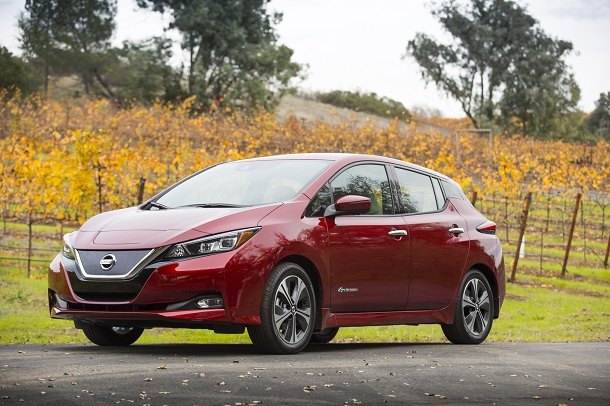












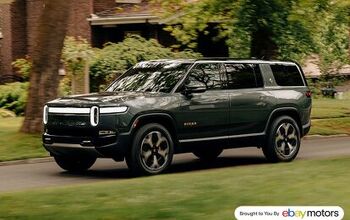


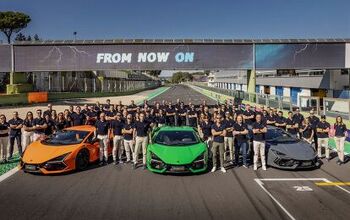
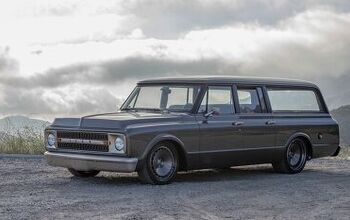

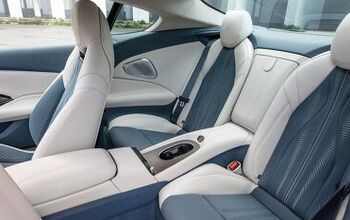
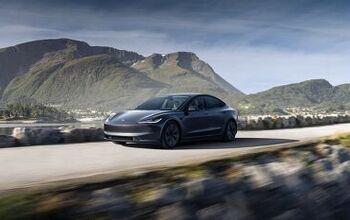
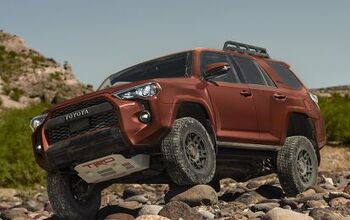
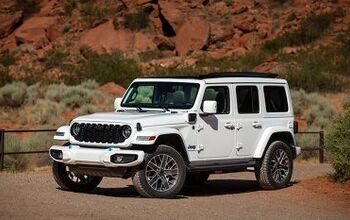

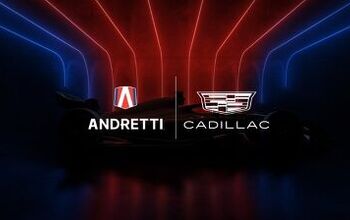

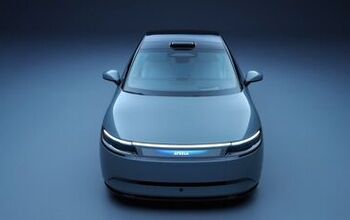
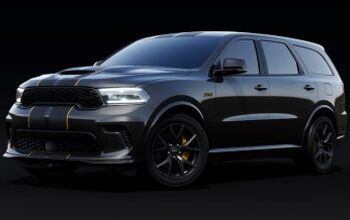
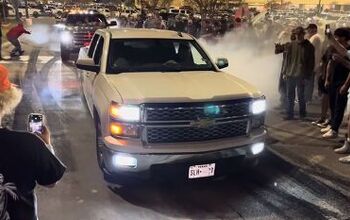


Comments
Join the conversation
Bottom line - the words are going to mean exactly what the person saying them wants them to mean, until they want them to mean something else. It's an intentional grey/slip area that's useful when goalposts need to be moved later on.
People ought to be informed there are a lot more hybrids on the roads than they realize because most hybrid models have only a small logo to identify them. And an article exploding the more common myths about hybrids is far past being overdue.